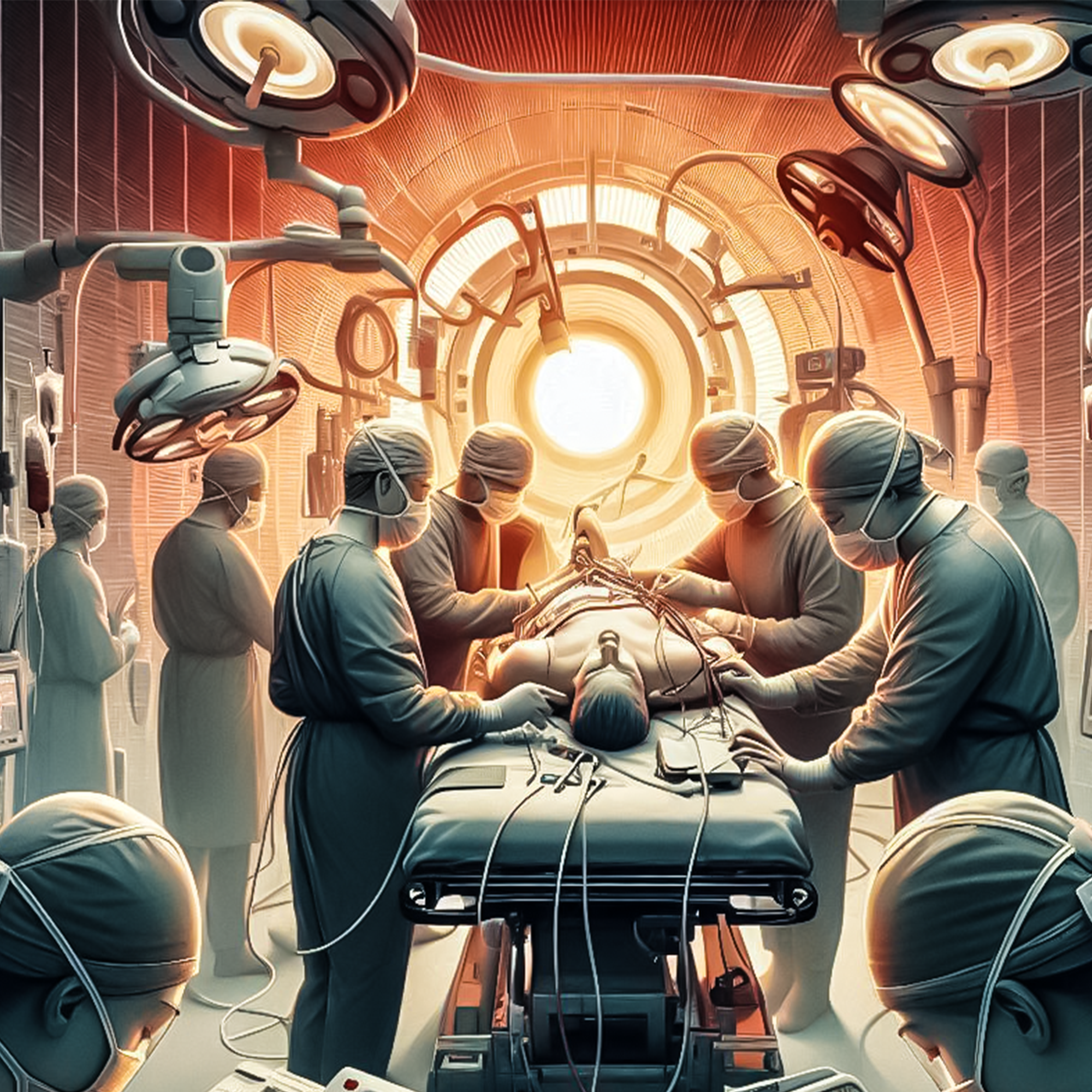Life-Saving Precision: The Three-Minute Emergency Response System
Find out how a three-minute game changer is shifting emergency care with precise, life-saving procedures!
It is said that every second counts when saving life in emergency medical cases. A new three-minute system is outlined in securing some of the most life-saving procedures optimally and with speed. This system clearly lists and manages the tasks in securing an airway of the patient, performing an emergency thoracotomy, controlling bleeding, and providing blood transfusion, all within three minutes to be able to restart the blood circulation of a patient. Now let us be more specific about that.
Three-Minute System
1. Airway
The first critical action that falls within the three-minute system is securing the patient’s airway. Basically, this is done rapidly by assessing the airway and ensuring patency and clarity, allowing free air entry for good ventilation and oxygenation. Rapid intubation or other means of airway management is administered to provide a stable airway.
2. Emergency Thoracotomy
An emergency thoracotomy allows access to the chest cavity so life-threatening injures to the heart or major blood vessels can be managed directly. This approach gives direct control over the source of bleeding and allows manual cardiac massage if indicated.
3. Control of hemorrhage
The control of bleeding is an integral part of the three-minute system. Efficient techniques are applied for a fast identification and management of bleeding sources, whether they are internal or external. This would determine an application of pressure, hemostatic agents, or surgical interventions to stop the hemorrhage.
4. Transfusion
Transfusions are necessary as they restore the lost blood volume and help the patients attain stability. Blood or blood products are transfused rapidly to help restore circulation and to enhance the transportation of oxygen to the patient’s tissues; thereby promoting the recovery of the patient.
Benefits of the Three-Minute System
1. Rapid and Efficient
The speed and efficiency that the three-minute system promises to deliver in an emergency system is designed in respect to it. It is achieved by task dividing between the specialized doctors and sub-professionals in medial care; hence, every step is carried out concurrently, hence reducing the time spent on life-threating conditions.
2.Improved Survival Rates
The method therefore ensures critical intervention occurs in time and effectively, thus improving the survival rate to a large degree. The quick reestablishment of blood flow and recovery of vital functions make the chances for the patient’s return to life high.
Implementation and Training
1. Specialized Medical Teams
Skills and specialization therefore call for very well trained and specialized medical teams to enable the successful adoption of the three-minute system. The specified task should be conducted with utmost precision and coordination by all these teams.
2. Exercise/Drills
Performing routine simulation exercises and drills is also crucial in keeping the capability of medical teams. By simulating in controlled environments the three-minute system, the members can suitably act out their parts during actual ground emergency situations.

Challenges and Future Directions
1. Resource Availability
It will make sure that the three-minute system is put in place well and that hospitals and emergency services are well equipped to build this support in provision.
2. Continuous Improvement
Research and other improvements towards making the three-minute approach even better. Advancements in medical technology and practical feedbacks should be used to tailor the effectiveness of the system.
Conclusion,
three-minute systems mark a breakthrough in emergency medical care wheresaving somebody’s life appears a very accurate and effective way. Dividing the vital job and performing it in a quick manner can only increase survival chances and fully recover patients from dire conditions.
Stay tuned for more innovations in emergency medical procedures.

This three-minute system revolutionizes emergency
care, providing a rapid, organized approach
to critical interventions.
– Emergency Medicine Specialist

If you had three minutes to save the day, what superpower would you choose? ⏱️🏥
Share your thoughts in the comments below!




